It’s easy to forget that the air inside our homes isn’t always as fresh as we’d like to think. Between cooking, cleaning products, and the everyday stuff we bring indoors, air quality can quietly decline, especially in well-insulated spaces. That’s where certain houseplants come in, offering more than just visual appeal.
Some plants have actually been studied for their ability to filter common indoor pollutants like formaldehyde, benzene, and carbon monoxide. Backed by research, including a well-known NASA study these green additions don’t just sit there looking pretty; they’re working quietly in the background to improve your air. Here are some of the best houseplants that clean the air, backed by science, and happen to look great while doing it.
Spider Plant

Known for its whimsical, cascading leaves, the Spider Plant is a favorite among indoor gardeners. It’s not just its playful appearance that charms; this plant is a powerhouse in removing formaldehyde and xylene from the air.
Despite its delicate look, the Spider Plant is resilient and easy to care for, making it ideal for busy individuals. Its ability to thrive in indirect sunlight and minimal watering needs make it a low-maintenance option.
Did you know? This plant can produce ‘baby’ offshoots, allowing you to easily expand your indoor garden.
Peace Lily

With its elegant white blossoms, the Peace Lily offers beauty and functionality. It’s exceptional at absorbing ammonia, benzene, and formaldehyde, improving indoor air quality significantly.
The Peace Lily requires low light, flourishing in shaded corners where other plants might languish. Its gentle curves and dark green leaves add a touch of sophistication to any room.
Remember, the Peace Lily blooms best when slightly neglected, needing only a weekly watering routine to thrive.
Boston Fern
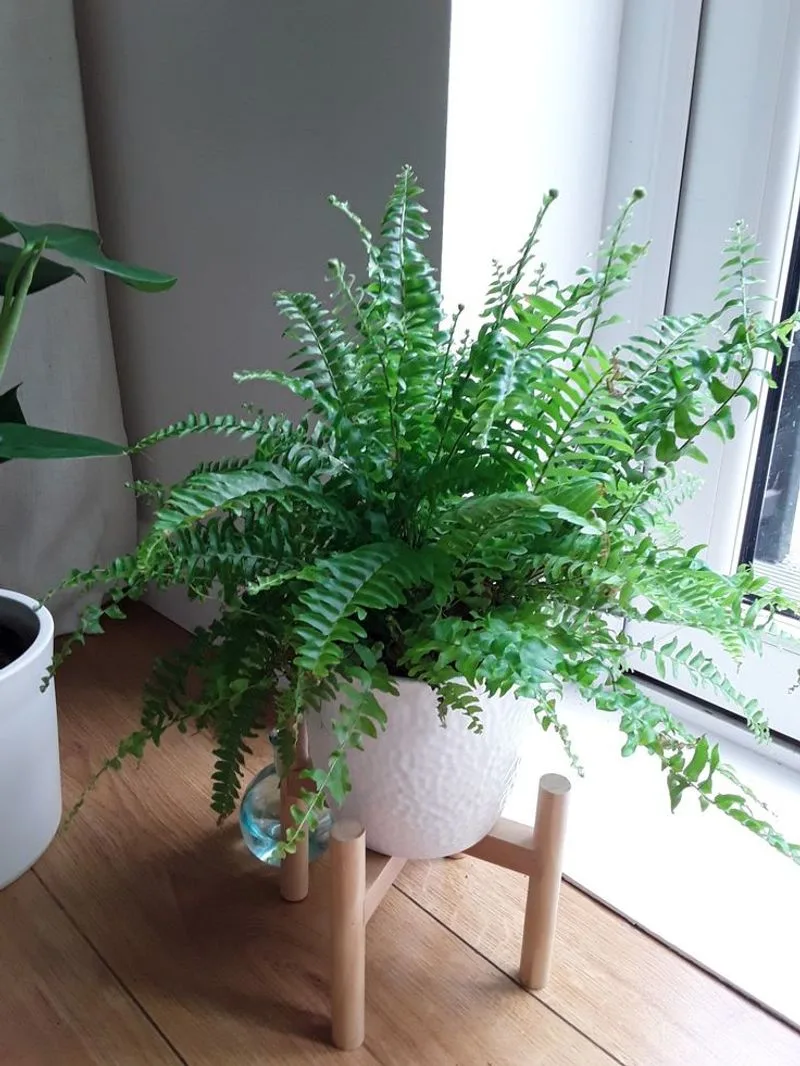
The Boston Fern, with its lush, feathery fronds, adds an air of tranquility to any space. It’s particularly adept at removing formaldehyde, a common indoor pollutant.
This fern prefers a cool environment with high humidity and indirect light. Regular misting keeps it healthy, making it a bit more demanding than some other plants.
A fun fact: The Boston Fern was a popular houseplant in the Victorian era, gracing drawing rooms with its understated elegance.
Snake Plant
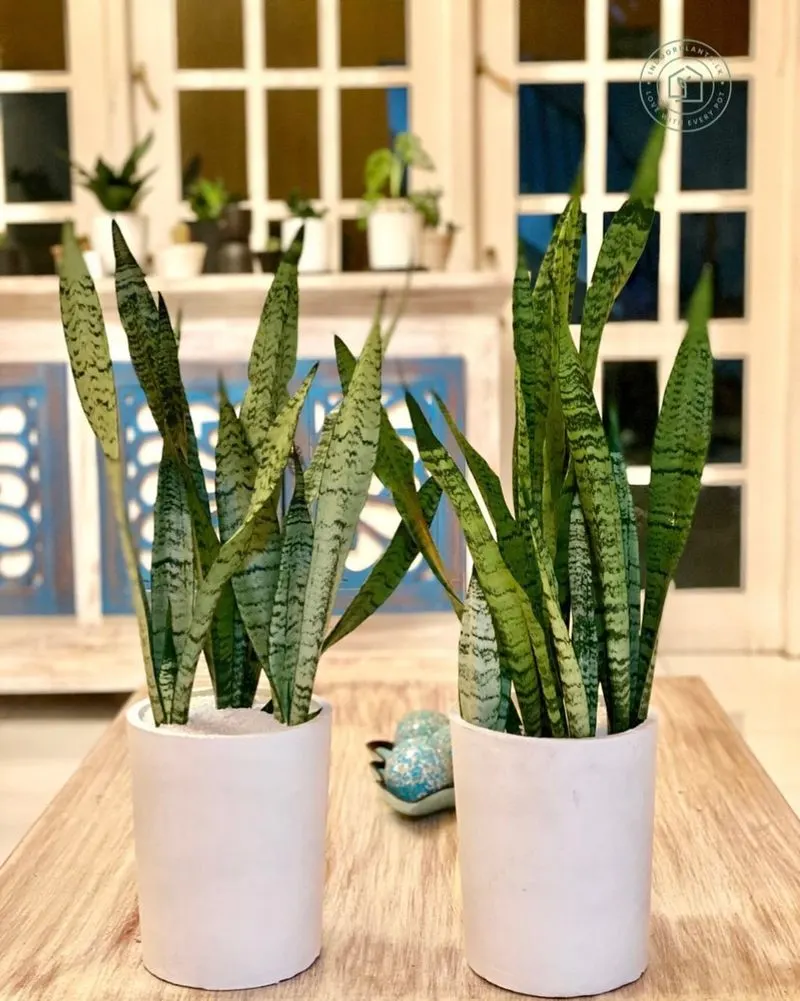
Nicknamed ‘Mother-in-Law’s Tongue,’ the Snake Plant is a striking addition known for its upright, sword-like leaves. It’s incredibly effective at converting CO2 to oxygen at night, making it perfect for bedrooms.
The Snake Plant is nearly indestructible, thriving on neglect. It requires minimal watering and can tolerate low light, making it a favorite for beginners.
This resilient plant is not just a survivor; it transforms your space with its bold architectural shape.
Aloe Vera
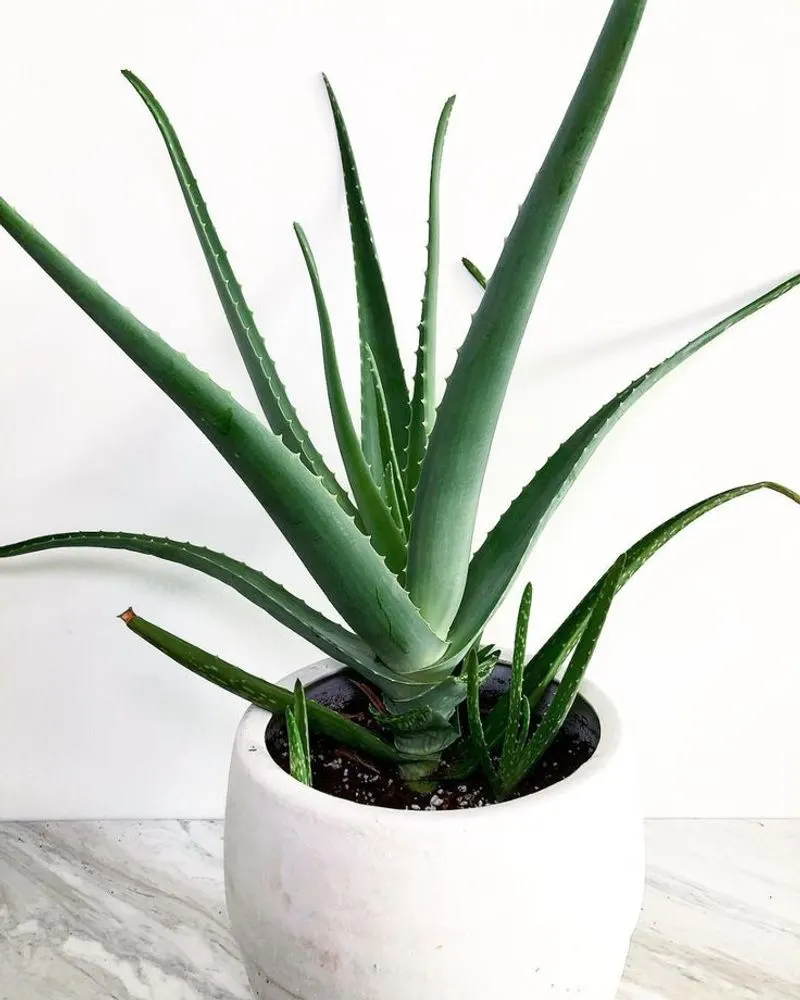
Aloe Vera is more than just a soothing gel for sunburns; it’s a top contender for air purification. It’s particularly good at filtering out formaldehyde and benzene.
This succulent loves bright sunlight and prefers to dry out between waterings, making it easy to care for. Its small size allows it to fit into compact spaces, adding a touch of greenery to kitchens and bathrooms.
Interestingly, Aloe Vera has been used for medicinal purposes for millennia, valued for its healing properties.
Bamboo Palm
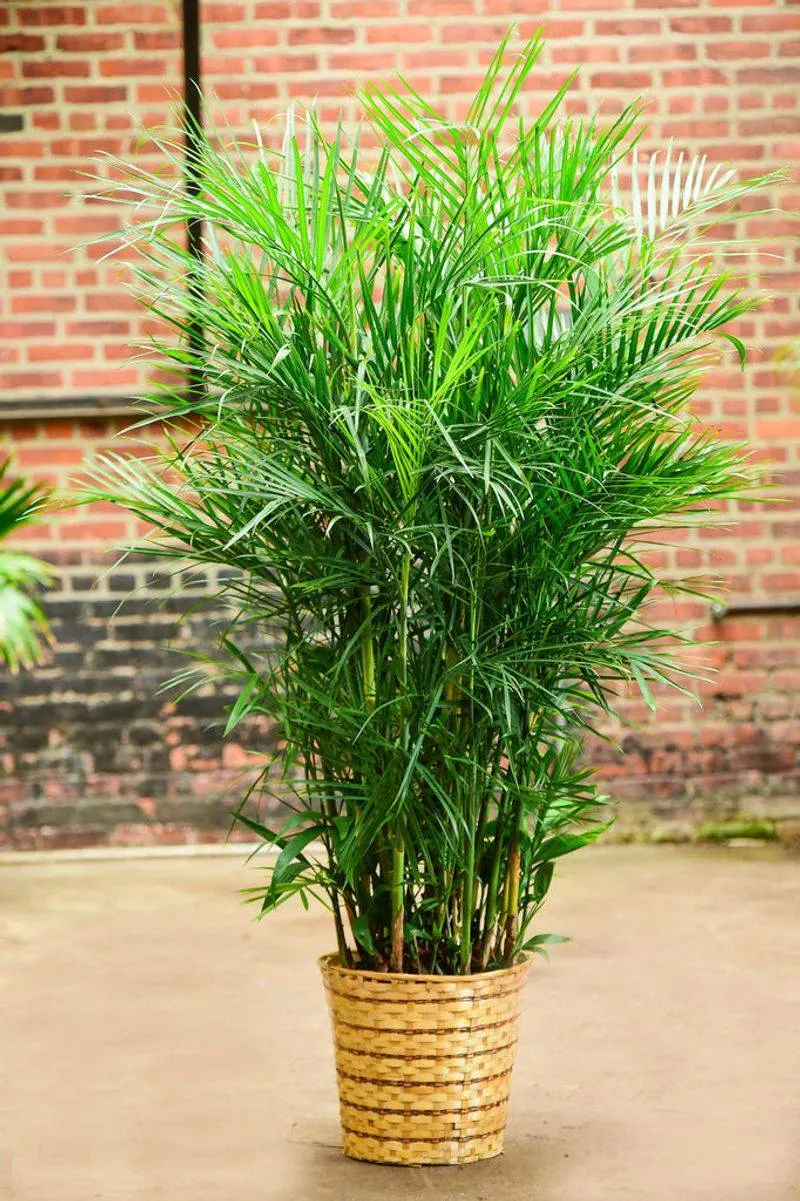
With its graceful, arching fronds, the Bamboo Palm is not just a decorative element but a hard-working air purifier. It’s excellent at removing benzene, formaldehyde, and trichloroethylene.
This plant prefers bright, indirect light and regular watering, thriving in warm, humid conditions. Its ability to adapt to indoor environments makes it a versatile choice.
Did you know? The Bamboo Palm is also known for its ability to add humidity to dry indoor air, benefiting both plants and people.
English Ivy
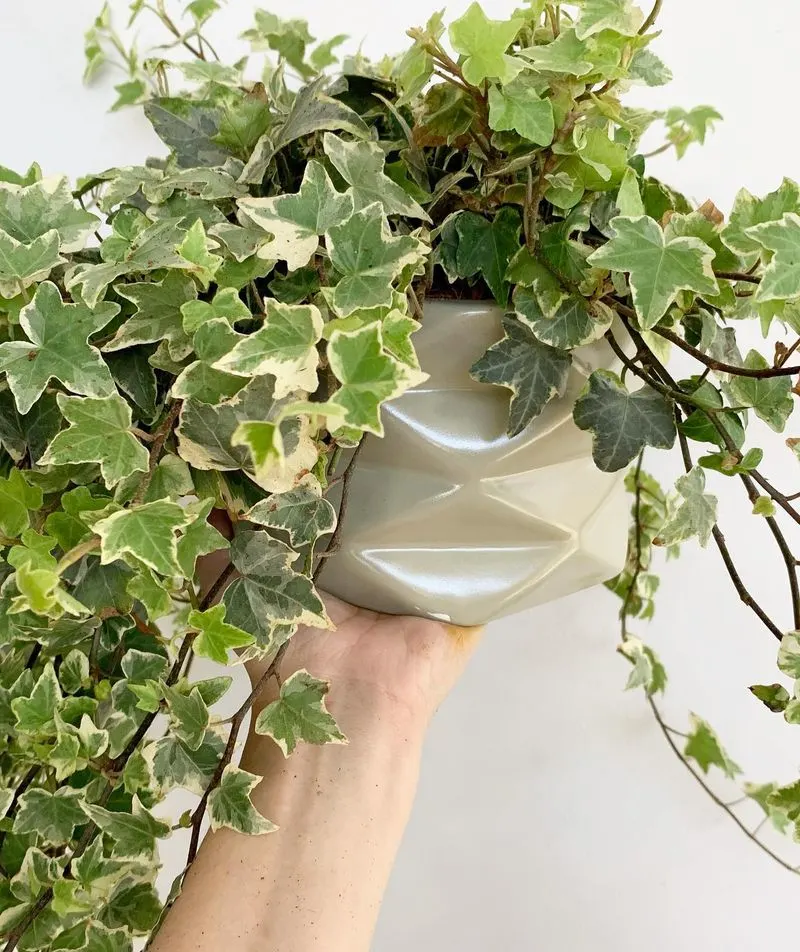
English Ivy, with its trailing vines, brings a touch of classic charm indoors. It’s particularly effective at reducing airborne mold, making it a great choice for allergy sufferers.
This versatile plant thrives in various light conditions, though it prefers cooler temperatures. Regular pruning encourages lush growth, allowing it to cascade beautifully.
Fun fact: English Ivy has been a symbol of fidelity and eternal life in art and literature for centuries.
Chrysanthemum
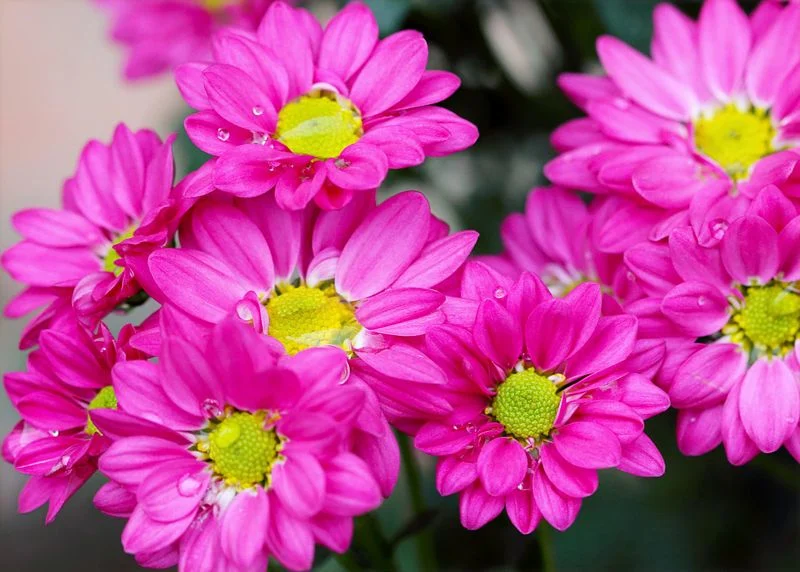
Chrysanthemums, or ‘mums,’ are not just garden favorites; they’re powerful air purifiers. They excel at removing benzene, a common household chemical found in paints and plastics.
These bright blooms require a sunny spot and regular watering to maintain their vibrancy. With a bit of care, they can transform any indoor space with their colorful display.
Did you know? Chrysanthemums have been cultivated in China for over 2,500 years and are revered in both Eastern and Western cultures for their beauty and symbolism.
Gerbera Daisy
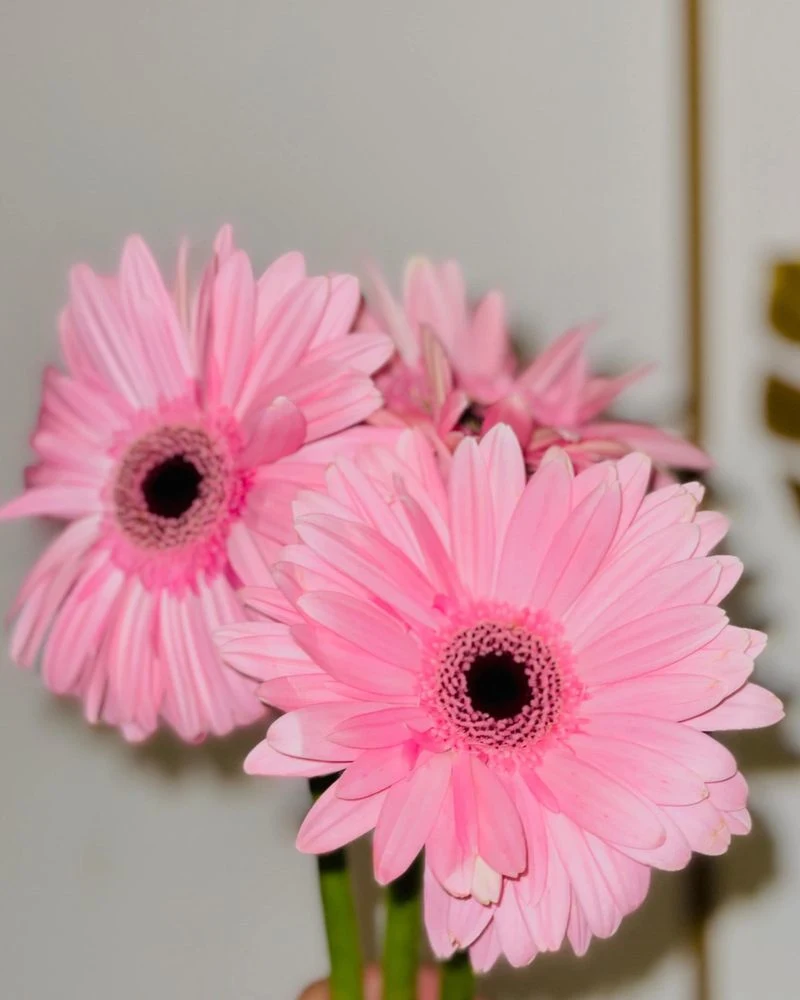
The Gerbera Daisy is not just a pretty face; it’s a significant player in cleaning air, particularly removing trichloroethylene. Its bright blooms add a splash of color to any interior.
These daisies need bright, direct sunlight and moderate watering to flourish. Their cheerful appearance can enhance mood, making them a delightful addition to living spaces.
Interestingly, Gerbera Daisies have been used in floral arrangements for their long-lasting blooms and vibrant colors.
Rubber Plant
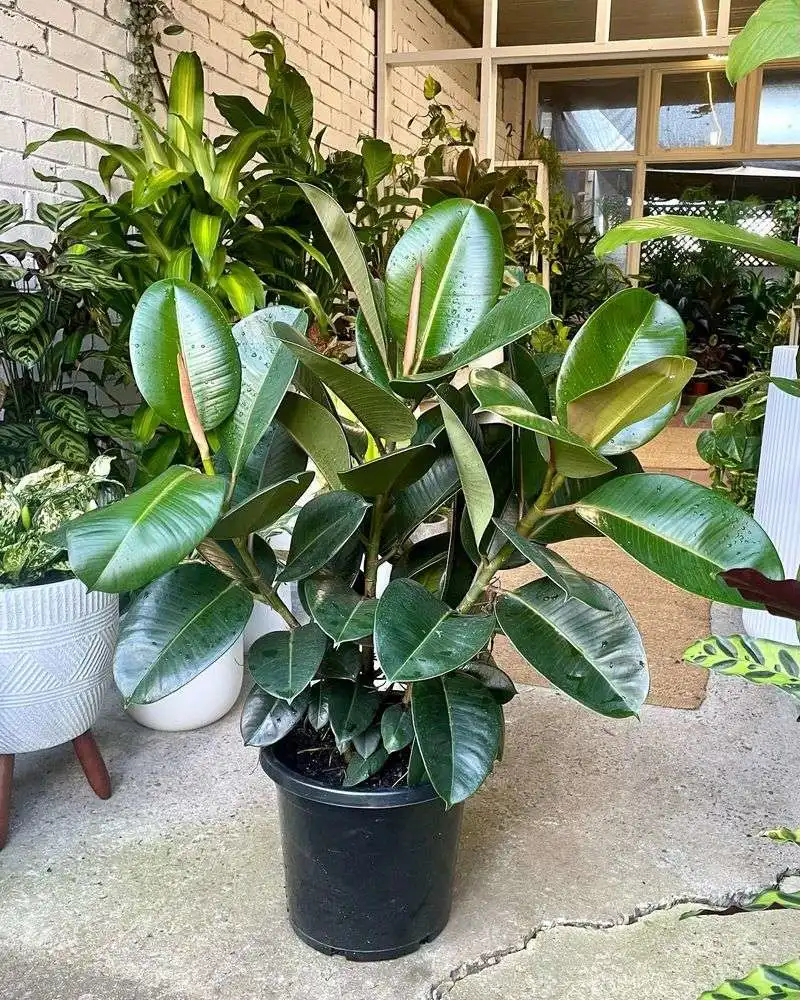
The Rubber Plant stands out with its large, glossy leaves and strong air-purifying capabilities. It’s effective at removing formaldehyde, a common indoor toxin.
This plant thrives in bright, indirect light and prefers to dry out between waterings, making it fairly low maintenance. Its bold foliage makes a striking statement in any room.
Fun fact: The Rubber Plant has been a popular houseplant since the Victorian era, appreciated for its robust nature and decorative appeal.
Rubber Fig
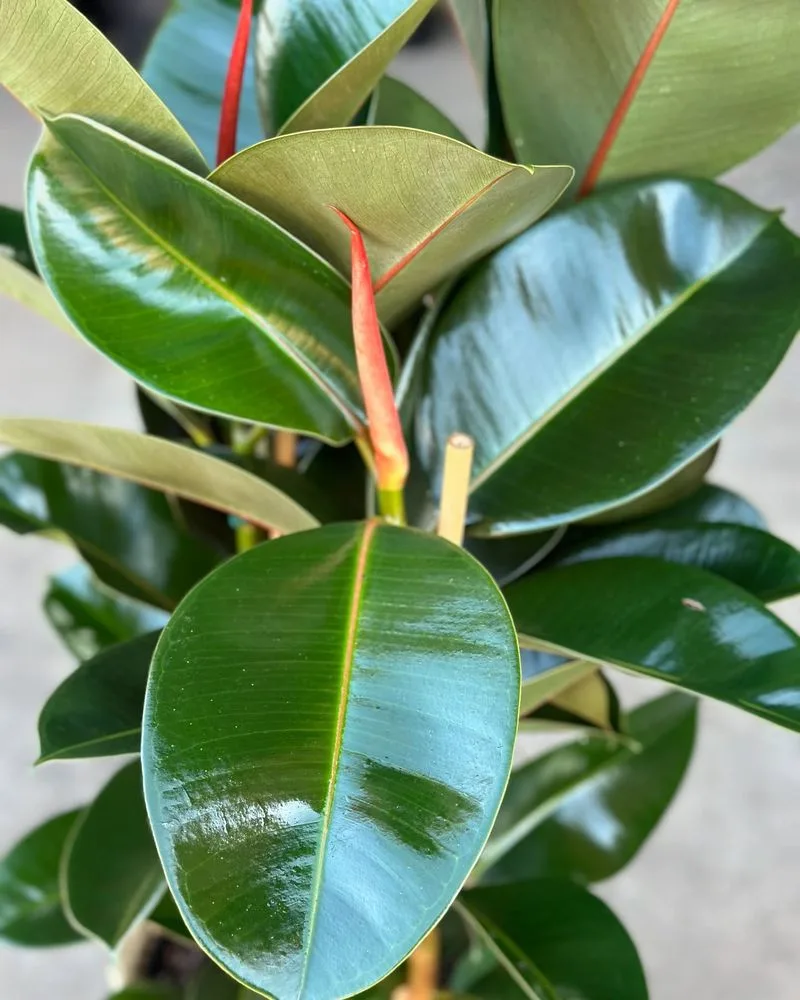
Rubber Fig, or Ficus elastica, is known for its striking, large leaves. This plant is not just a visual delight; it is a powerhouse for filtering indoor air. The broad leaves are particularly effective at absorbing pollutants, making it an excellent choice for urban homes.
In addition to its air-purifying abilities, the Rubber Fig is relatively low-maintenance. It thrives in bright, indirect light and only requires occasional watering. This makes it perfect for those who may not have the greenest of thumbs.
Did you know? The Rubber Fig can grow up to 50 feet tall in its natural habitat, but indoor plants remain much smaller.
Areca Palm
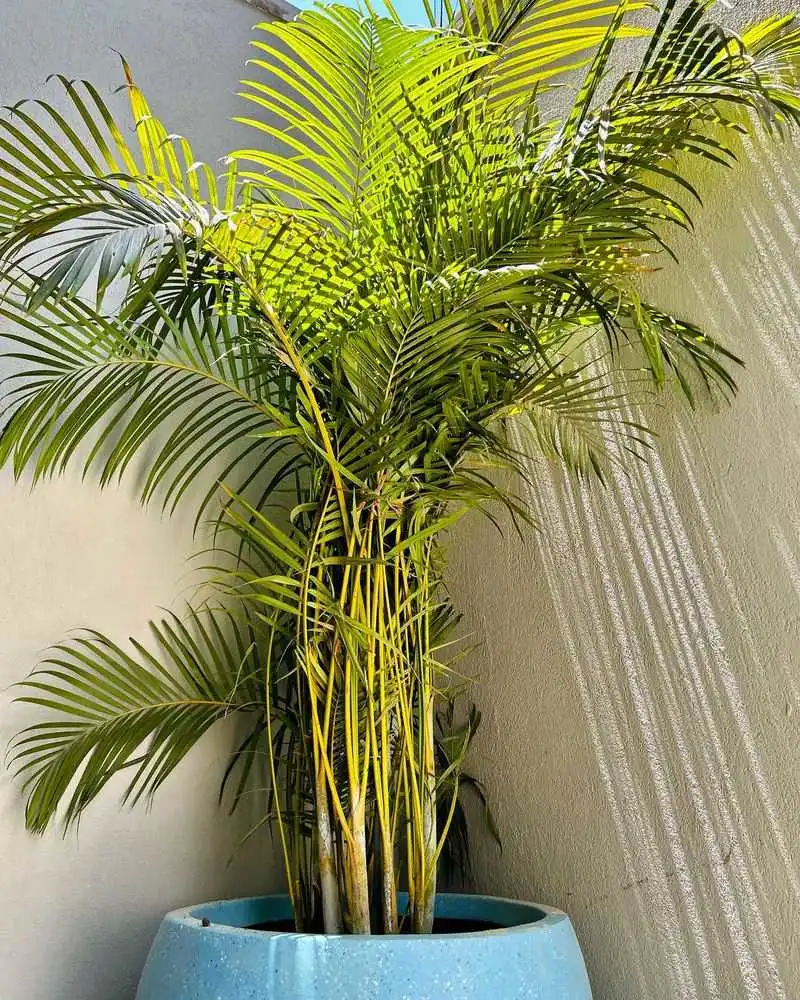
The Areca Palm is celebrated for its elegant fronds and ability to humidify the air. It’s ideal for dry climates or during winter months when indoor air can become particularly dry.
Beyond its humidifying capabilities, this palm is proficient in removing toxins like formaldehyde and benzene from the air. It’s a fantastic addition to any room needing a touch of tropical grace.
Fun fact: The Areca Palm is sometimes referred to as the Butterfly Palm due to the way its fronds resemble the wings of a butterfly in flight.
Lady Palm

Lady Palm, also known as Rhapis excelsa, stands out with its fan-like leaves and robust air-purifying qualities. This plant excels at removing indoor air pollutants, improving the overall air quality in your home.
It thrives in low-light conditions, making it a versatile addition to various indoor environments. The Lady Palm’s low maintenance needs make it a favorite among busy individuals.
Interesting tidbit: Native to Southeast Asia, the Lady Palm has been a symbol of good fortune and prosperity in traditional cultures.

